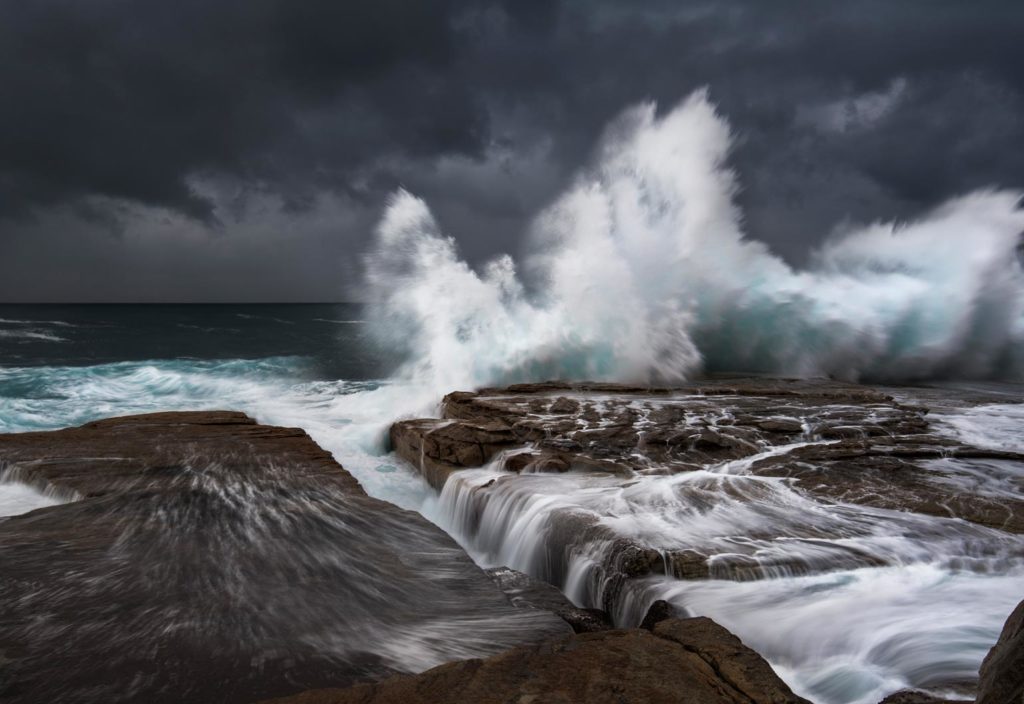Ocean waves and storms have been getting stronger over the past 30 years, which has implications for coastal and offshore infrastructure.
Research produced by two engineering professors from the University of Melbourne has found that waves and the winds that generate them have been increasing in magnitude over the past three decades.
During extreme storms, it’s not uncommon for waves to reach more than 20 metres high – enough to wash the top floor windows of a five-storey building.
Professor Ian Young and Dr Augustinus Ribal, both from the Melbourne School of Engineering, found this trend is particularly pronounced in the Southern Ocean. Extreme winds have increased 1.5 metres/second, or 8 per cent, over the past 30 years, while extreme waves have increased by 30 cm, or 5 per cent, in the same time frame.
“Although increases of 5 per cent for waves and 8 per cent for winds may not seem like much, if sustained into the future such changes to our climate will have major ramifications,” they wrote in a piece for Pursuit describing their work.
Fine detail
Young and Ribal analysed more than 4 billion measurements of wind speeds and wave height collected by 31 satellites between 1985 and 2018. Data was gathered from three different types of satellites to gain a comprehensive view of changing patterns: 13 altimeters, which measured wave height and wind speed; 11 radiometers, which measured wind speed; and seven scatterometers, which measured wind speed and direction.
In their research paper detailing this work, published in Science, Young and Ribal describe how they were able to create a robust data set by comparing these measurements to data gathered by more than 80 ocean buoys from around the world, as well as other satellite datasets assembled over a similar time frame.
According to Young and Ribal, this is the largest and most detailed database of this kind ever compiled.
Forward looking
Australia is no stranger to floods and cyclones, but higher waves and stronger winds could mean more flooding and erosion, putting coastal infrastructure at risk.
“What most people don’t understand is that the actual flood events are caused by storm surges and breaking waves associated with storms,” Young and Ribal wrote.
“Changes to the Southern Ocean are important, as this is the origin for swell that dominates the wave climate of the South Pacific, South Atlantic and Indian Oceans, and determines the stability of beaches for much of the Southern Hemisphere.”
In order to predict whether these trends will continue, Young and Ribal plan to use this database to create climate models that can project changes in wind strength and wave height over the next 100 years.
According to them, early results show similar patterns to the historical record.
“Changes in the Southern Ocean can have impacts that are felt around the world, with storm waves increasing coastal erosion, and putting coastal settlements and infrastructure at risk,” they wrote.
“We need a better understanding of how much of this change is due to long-term climate change, and how much is due to multi-decadal fluctuations, or cycles.”
